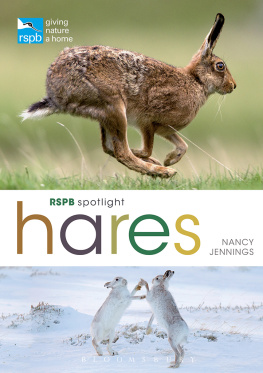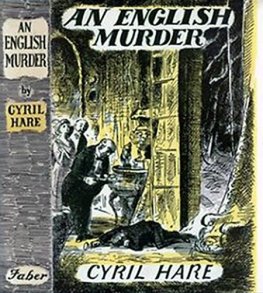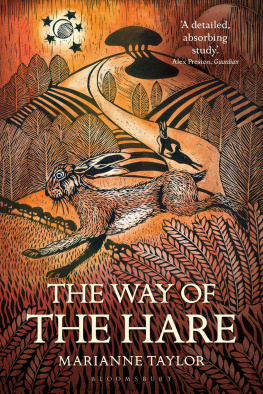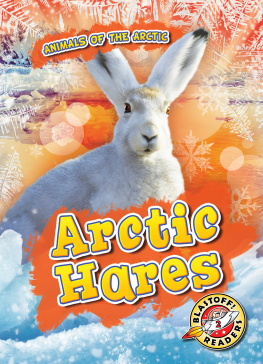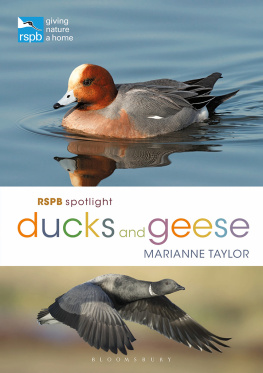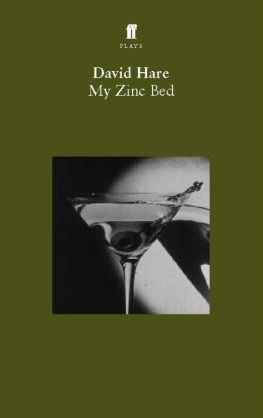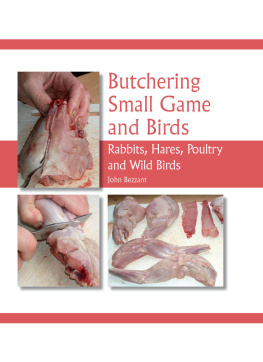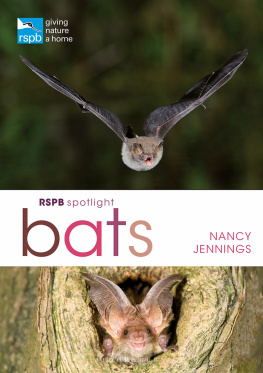

For all items sold, Bloomsbury Publishing will donate a minimum of 2% of the publishers receipts from sales of licensed titles to RSPB Sales Ltd, the trading subsidiary of the RSPB. Subsequent sellers of this book are not commercial participators for the purpose of Part II of the Charities Act 1992.
Bloomsbury Publishing
| 50 Bedford Square | 1385 Broadway |
| London | New York |
| WC1B 3DP | NY 10018 |
| UK | USA |
www.bloomsbury.com
This electronic edition published in 2017 by Bloomsbury Publishing Plc
BLOOMSBURY and the Diana logo are trademarks of Bloomsbury Publishing Plc
First published 2017
Nancy Jennings, 2017
Photographs as credited
Nancy Jennings has asserted her right under the Copyright, Designs and Patents Act, 1988, to be identified as Author of this work.
All rights reserved
You may not copy, distribute, transmit, reproduce or otherwise make available this publication (or any part of it) in any form, or by any means (including without limitation electronic, digital, optical, mechanical, photocopying, printing, recording or otherwise), without the prior written permission of the publisher. Any person who does any unauthorised act in relation to this publication may be liable to criminal prosecution and civil claims for damages.
No responsibility for loss caused to any individual or organization acting on or refraining from action as a result of the material in this publication can be accepted by Bloomsbury or the author.
British Library Cataloguing-in-Publication Data
A catalogue record for this book is available from the British Library.
Library of Congress Cataloguing-in-Publication data has been applied for.
ISBN: 978-1-4729-3364-5 (PB)
ISBN: 978-1-4729-3365-2 (eBook)
ISBN: 978-1-4729-3366-9 (ePDF)
Design by Susan McIntyre
Maps by Julie Dando ()
To find out more about our authors and their books please visit www.bloomsbury.com where you will find extracts, author interviews and details of forthcoming events, and to be the first to hear about latest releases and special offers, sign up for our newsletters.
Contents


Brown Hares have oversized ears, large eyes, and long, sensitive whiskers: adaptations for avoiding predators.
Meet the Hares
Hares, though not often seen, are characteristic animals that are known and loved by many. There is something magical about hares they feature in folklore, art, childrens books and poetry. The hare is a symbol of fertility, resurrection and immortality, perhaps because it has the ability to pop up unexpectedly as though suddenly born or reborn, appearing out of nowhere, only to disappear from view by sprinting away.
Only a handful of our mammal species are familiar to most of us, and not many people are lucky enough to see wild mammals regularly. Depending on where you live, you might see Foxes, squirrels, rats, mice, deer, bats and Rabbits. Though they are more rarely seen, hares are among our most distinctive mammals. Some might describe them as ungainly, long-legged rabbit-like animals with oversized ears. Hares are similar to Rabbits, but they are bigger and faster, and also more timid, elusive and elegant than the much more familiar Rabbits. The hare is an unusual species in that it breeds quickly and does not live long, but is relatively large (see ). In others, the conservation of hares presents a paradox: why are hares threatened by intensive farming, though they thrive in arable areas?

Arable fields provide food and shelter for hares, while field margins allow them to add diversity to their diet.

The common hare, or Brown Hare, as depicted by the artist A. Thorburn in British Mammals, published in 1920.

A Mountain Hare in its winter coat is well camouflaged in snow. Illustration by A. Thorburn, British Mammals, 1920.
Two (or more) British species
Two species of hare are widespread in Europe: the Brown (or European) Hare and the Mountain Hare. There are 15 European subspecies of Mountain Hare. The Mountain Hares in the British Isles belong to two subspecies: one is found in Scotland and the Peak District; the other is found in Ireland, is called the Irish Hare and may in fact be a separate species. There are also at least 16 subspecies of Brown Hare, which differ in colour, size, and skull and tooth shape, but their relationships and distributions are still being clarified by scientists. This book focusses on the Brown Hare, the Scottish Mountain Hare and the Irish Hare. These species are similar enough to be difficult to identify when seen in isolation but, as they are found in different areas and habitats, you are unlikely to confuse them. If you were to see two of these hares side by side which could happen only with a great deal of luck or skill, and only in a handful of locations you could tell them apart easily enough with careful observation.

left: The Brown Hare is distinctly reddish-brown. In summer, the Mountain Hare (right) is similar in colour, but its winter coat may be partly or entirely white. This individual, photographed in spring, is moulting to become brown again.
The Brown Hare

The long back legs of Brown Hares allow them to move swiftly.
The Brown Hare (Lepus europaeus), though fairly common on farmland in Europe, is tricky to see because it is secretive, elusive and nocturnal or crepuscular. Adult Brown Hares in England weigh on average 3.5kg (7lb), as much as a domestic cat, and are about 55cm (22in) long from nose to tail. Their back feet are very large, at about 15cm (6in) long. The back legs are much longer and larger than their front legs; as a result, hares have a peculiar galloping gait, in which the front feet land first and the hind feet pass outside the front feet and land in front of them. The ears appear to be oversized at about 10cm (4in) long. If you fold the ears of a Brown Hare forward, over the top of its nose, the ears stick out a little beyond the tip of the nose. This is not the case with a European Rabbit, or even with an Irish or Mountain Hare. What immediately springs to mind, of course, is the astonishing fact that Bugs Bunny is actually a hare!

